How to care for a bonsai tree: Tips and tricks for keeping this difficult plant happy
Whether you're looking for a challenge or need help reviving your bonsai, this guide will make you an expert in no time
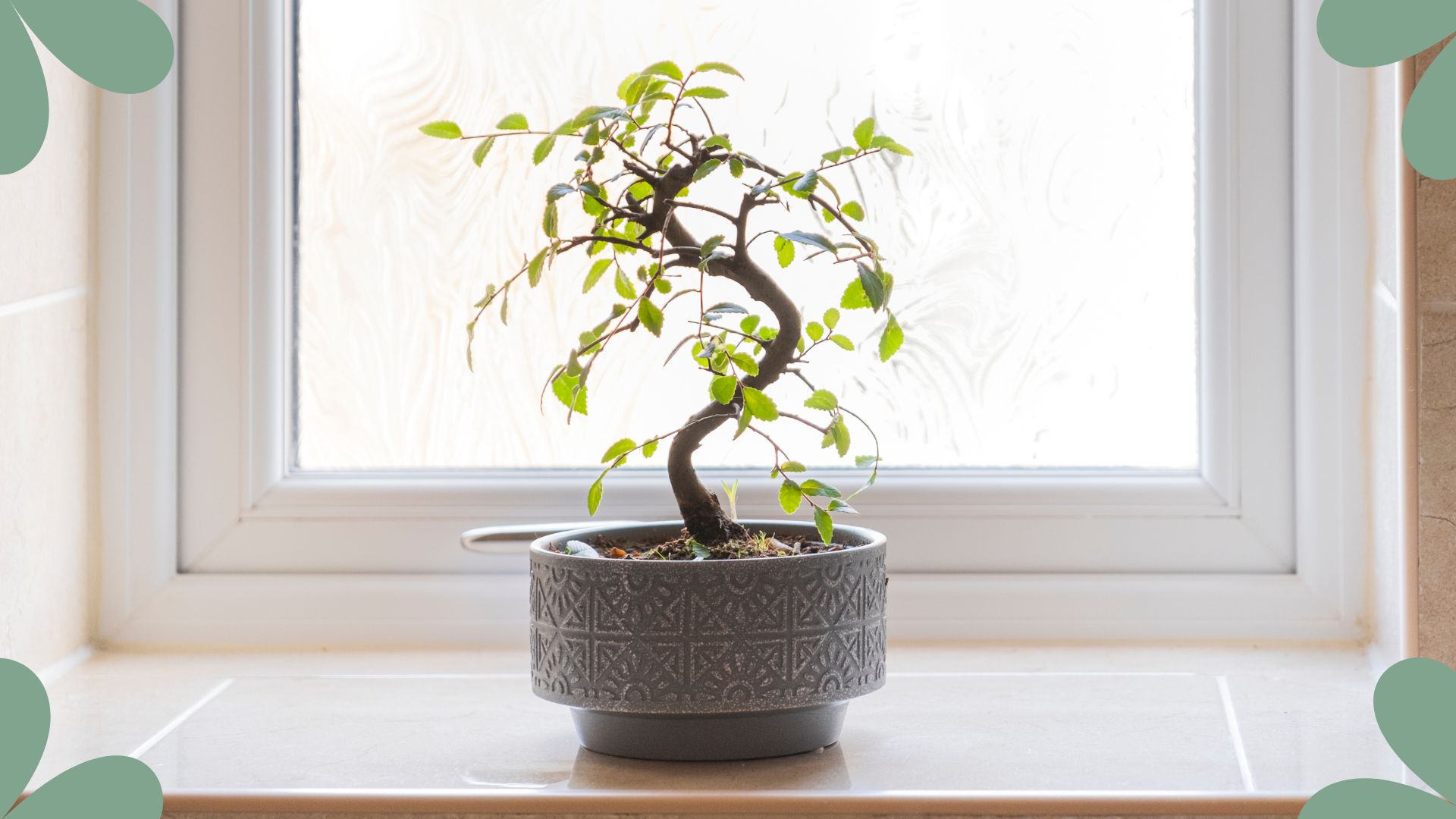

The bonsai tree may be one of the most intimidating plants to care for but with an expert-recommended care guide and some patience, they can be a piece of cake.
When it comes to the hardest plants to keep alive, bonsai trees are certainly on top of that list. Similar to caring for orchids, bonsai's particular needs and delicate nature mean that most houseplant enthusiasts find them nearly impossible to keep up with.
Taking this into consideration, we have spoken to plant and gardening experts to gain the best care tips to keep a bonsai not just alive but happy and thriving.
How to care for a bonsai tree: an expert guide
So if you're up for the challenge knowing exactly how to care for your plant properly is the only way you will succeed in keeping this sensitive plant alive.
Here are the five areas of maintenance to master to keep a bonsai tree healthy...
1. Fertilising
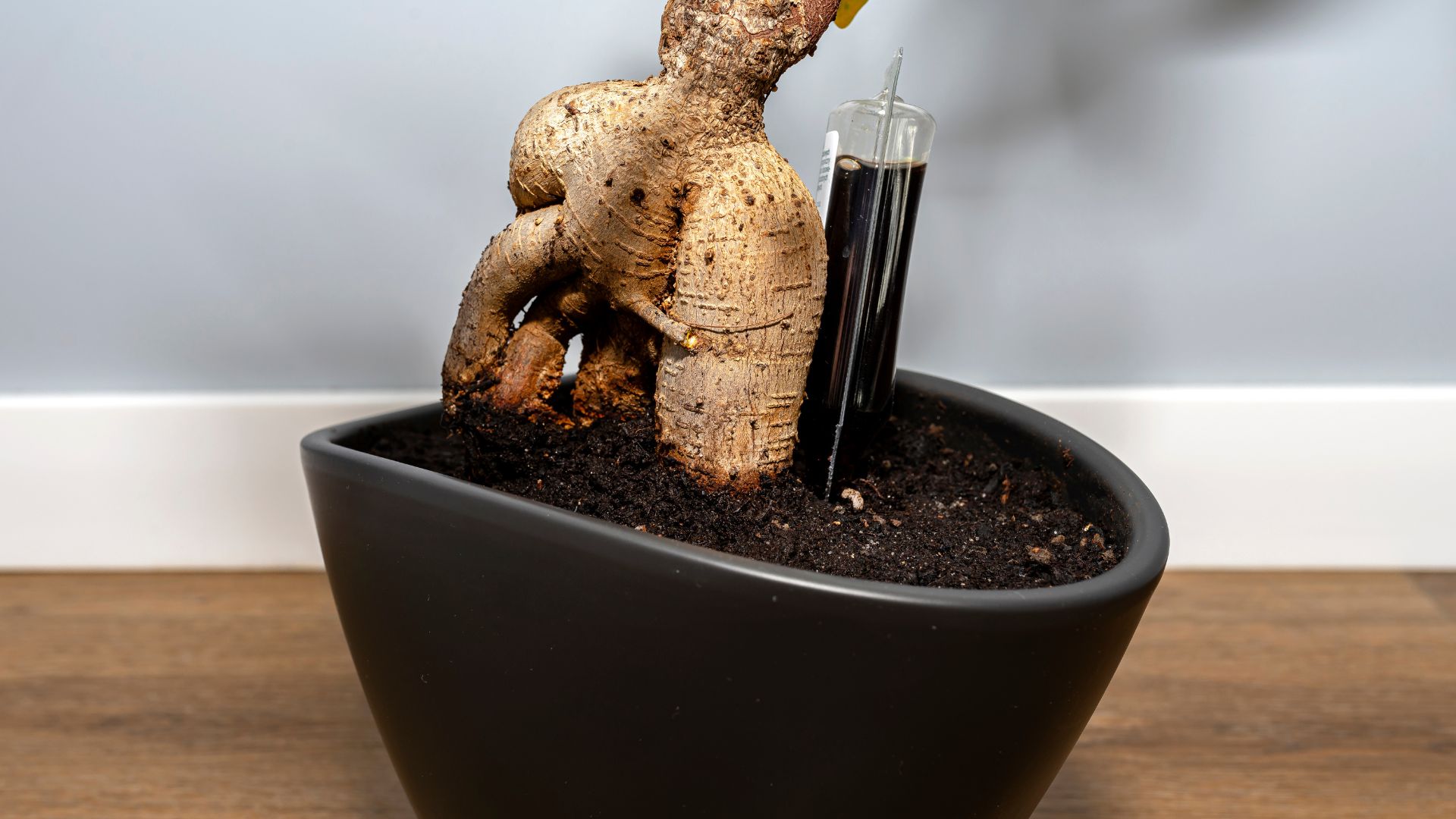
Whether you know about fertilising your plants or not, providing extra nutrients to both indoor and outdoor plants can really boost their growth. Be careful though, there is such a thing as too much fertiliser, and it can be a reason for mould growing on the top of your plant's soil.
"Unlike regular-sized trees that can extend their roots to search for nutrients, a bonsai relies on you to provide nutrition for growth and health. Bonsai trees should be fertilised throughout the growing season, which is early spring to mid-autumn," says Fiona Jenkins, plant and gardening expert at MyJobQuote.
Sign up for the woman&home newsletter
Sign up to our free daily email for the latest royal and entertainment news, interesting opinion, expert advice on styling and beauty trends, and no-nonsense guides to the health and wellness questions you want answered.
Fiona explains that all fertilisers have nitrogen, phosphorous and potassium but bonsai fertilisers also have micro-nutrients such as iron, copper, manganese, boron, zinc and molybdenum. She says, "Indoor bonsais are fed with liquid fertiliser (For example this Liquid Bonsai Feed at Amazon) while outdoor trees are given solid fertiliser."
2. Placement
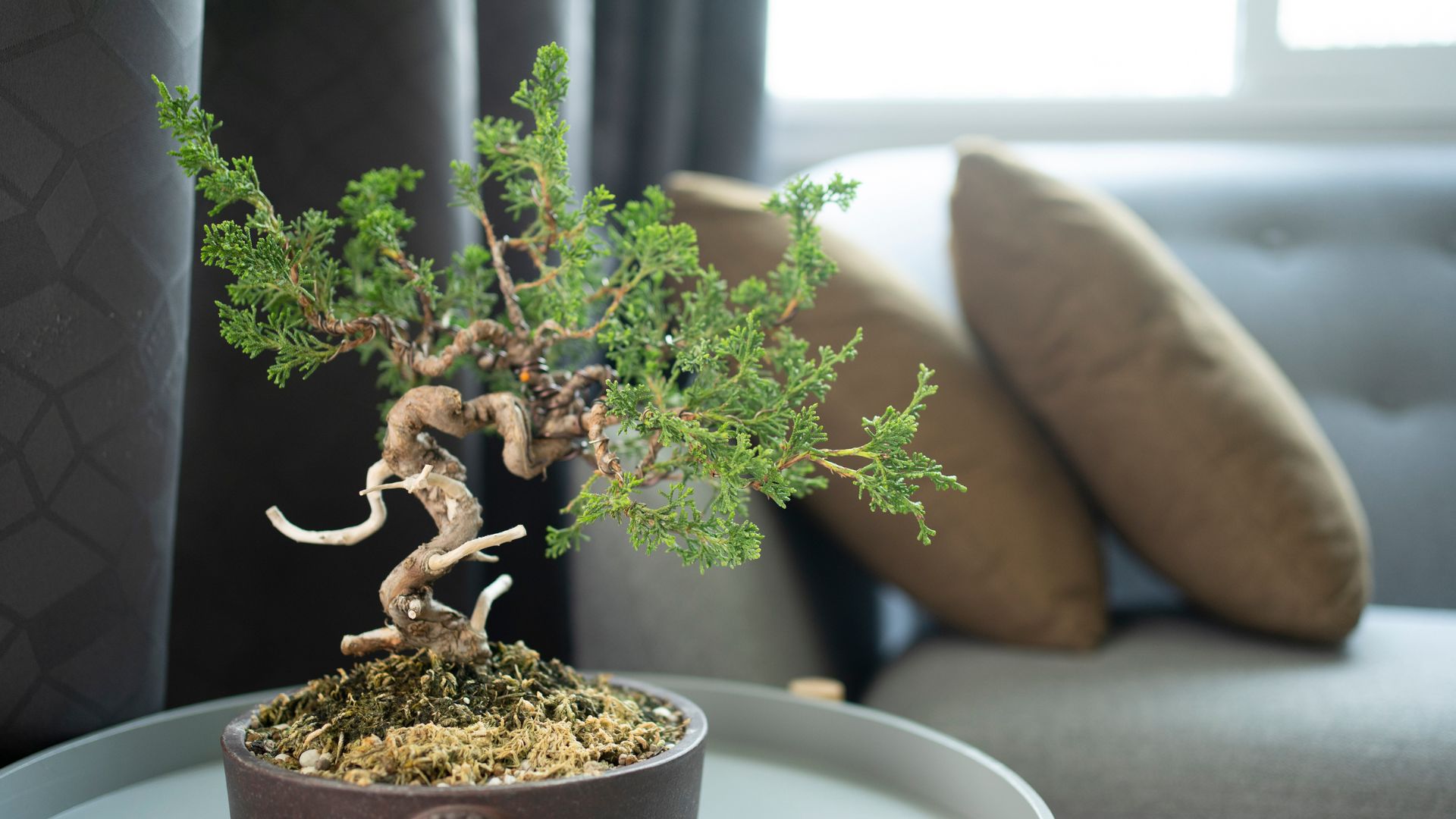
Placement, whilst it might sound dramatic, can truly be a matter of life and death for your plant. Too much sun exposure is one of the most common houseplant mistakes to avoid and that certainly is not an exception when it comes to the care of the bonsai tree.
Speaking to John Clifford, a gardening expert at Gardenstone, he says, "Place it by a window in winter, and further from the window in summer. Bonsai trees are susceptible to leaf scorch from the sun, and can be badly damaged by being close to heat sources (such as radiators) in winter."
And it's not just exposure to the sun that you have to consider when choosing a place for your bonsai, the plant also requires a certain amount of humidity.
"Place your bonsai tree in a spot that's humid (such as a bathroom or kitchen). The temperature of the room shouldn't get below 15C, although it's best to check your exact type of Bonsai tree to work out its ideal temperature," John explains.
3. Watering
Trying to figure out how often you should water your houseplants is a rather strenuous task, especially when you have a variety of different species with very dissimilar needs. The bonsai tree, as you may have guessed, has a rather specific preference when it comes to watering.
"Water your bonsai tree regularly, so that the soil feels constantly moist but not waterlogged. As a rule of thumb, water your bonsai tree every time the soil starts to dry out and it's barely moist. You should check this every day to ensure your Bonsai tree doesn't dry up," says John.
Similar to how you care for a peace lily, bonsai trees will also benefit from regular misting as this will keep their leaves moist whilst also adding to the humidity of the space it's in.
4. Repotting
Whilst you may know how to repot a houseplant and even know the warning signs of when you should repot a plant, Bonsai's are a little different of course.
Peter Ivanov, gardening expert at Fantastic Gardeners, says that preventing your bonsai tree from becoming root-bound is of the utmost importance. He explains, "It’ll need to be repotted when it’s needed. In general, how often you should do that will depend on its size. Fast-growing species will generally need repotting every 2 years, while older and more slow-growing ones will need repotting every 3 or 5 years."
Unlike other houseplants repotting a bonsai should be done so routinely. Peter recommends you inspect the condition of your plant in spring by very carefully removing it from its pot and looking at the root. He says, "If they have started circling around the root system, then it needs repotting."

Peter has been a gardening and plant expert at Fantastic Gardeners for over 8 years, he is now one of the company's top-performing experts and manages over 6 teams of gardeners. He works on creating stunning landscapes and prioritises sustainability in his gardening methods.
5. Pruning
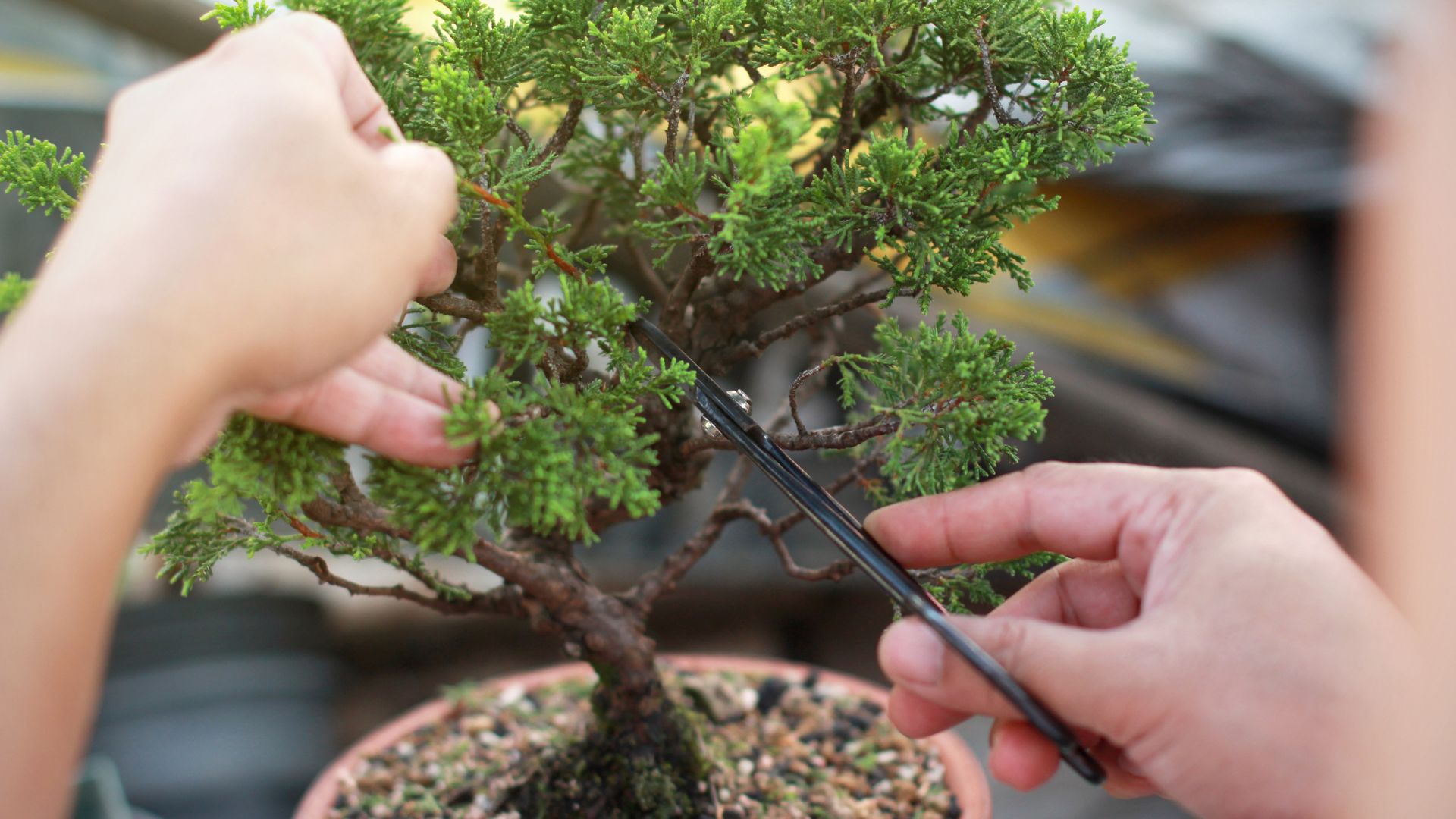
Pruning is only a small element of caring for a bonsai tree and will only have to be done once a year at the most. It's nowhere near as important as pruning roses to maximise their blooming or pruning bubbleia to prevent excessive growth.
"Prune in early spring, when shoots can be cut back to their first pair of leaves. Only cut back shoots 3cm long, and only prune in early spring," says John.
For this task, John recommends buying bonsai shears and wire cutters to remove any wires on the plant which may be there to help shape it if you bought it from a seedling.
What tools do I need to maintain my bonsai?
Should you already have collected quite a few of the best indoor plants for your health and well-being or be surrounded by plants that help with condensation then chances are you may have plant tools already. However as you will have learned by now, bonsai trees require specialist treatment.
The experts recommended a variety of different things to keep your bonsai tree happy, including liquid fertiliser, bonsai tree mister and bonsai potting mix. All of these products will make the task of maintaining your plant a lot easier and will provide you with better results.
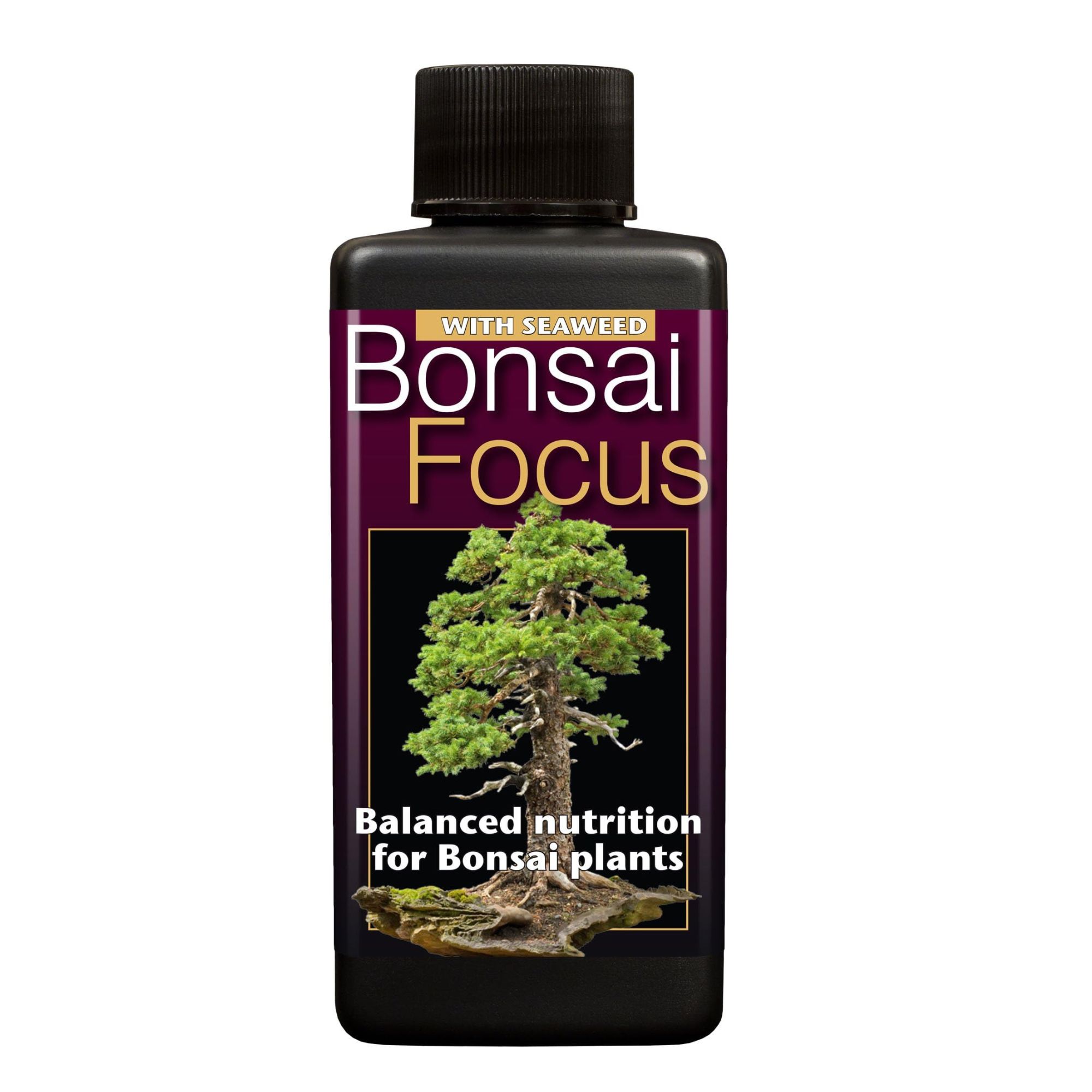
RRP: £5.94 | This is a super easy way of ensuring your bonsai tree has all the nutrients it needs to grow properly. With this fertiliser you need to mix around 5ml of it with a litre of clean water as it's too strong undiluted.
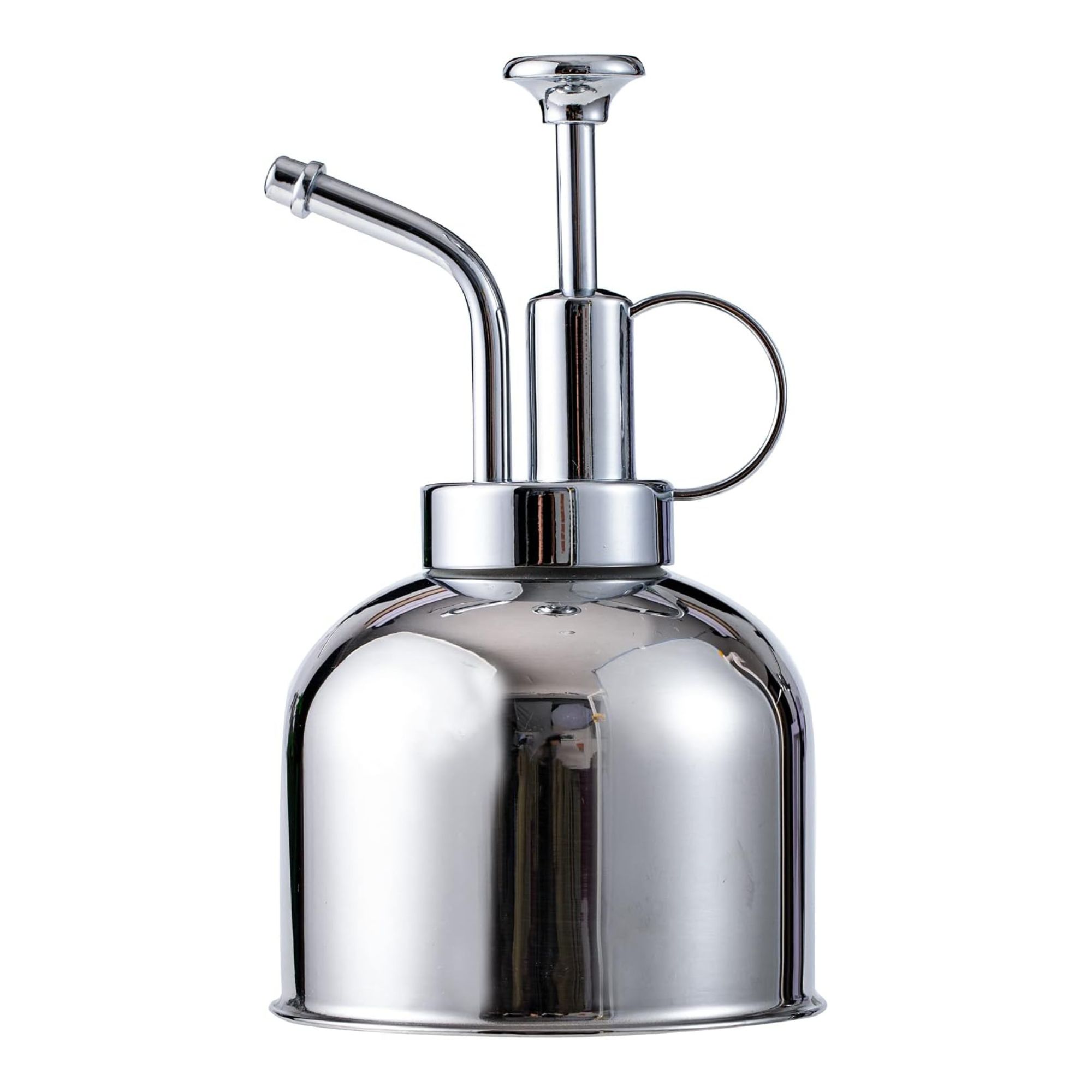
RRP: £16.99 | To keep the plant's moisture level up and keep its environment humid enough you'll need to regularly use a water mister. This one from Amazon is perfect at doing the job and won't rust thanks to its stainless steel material.
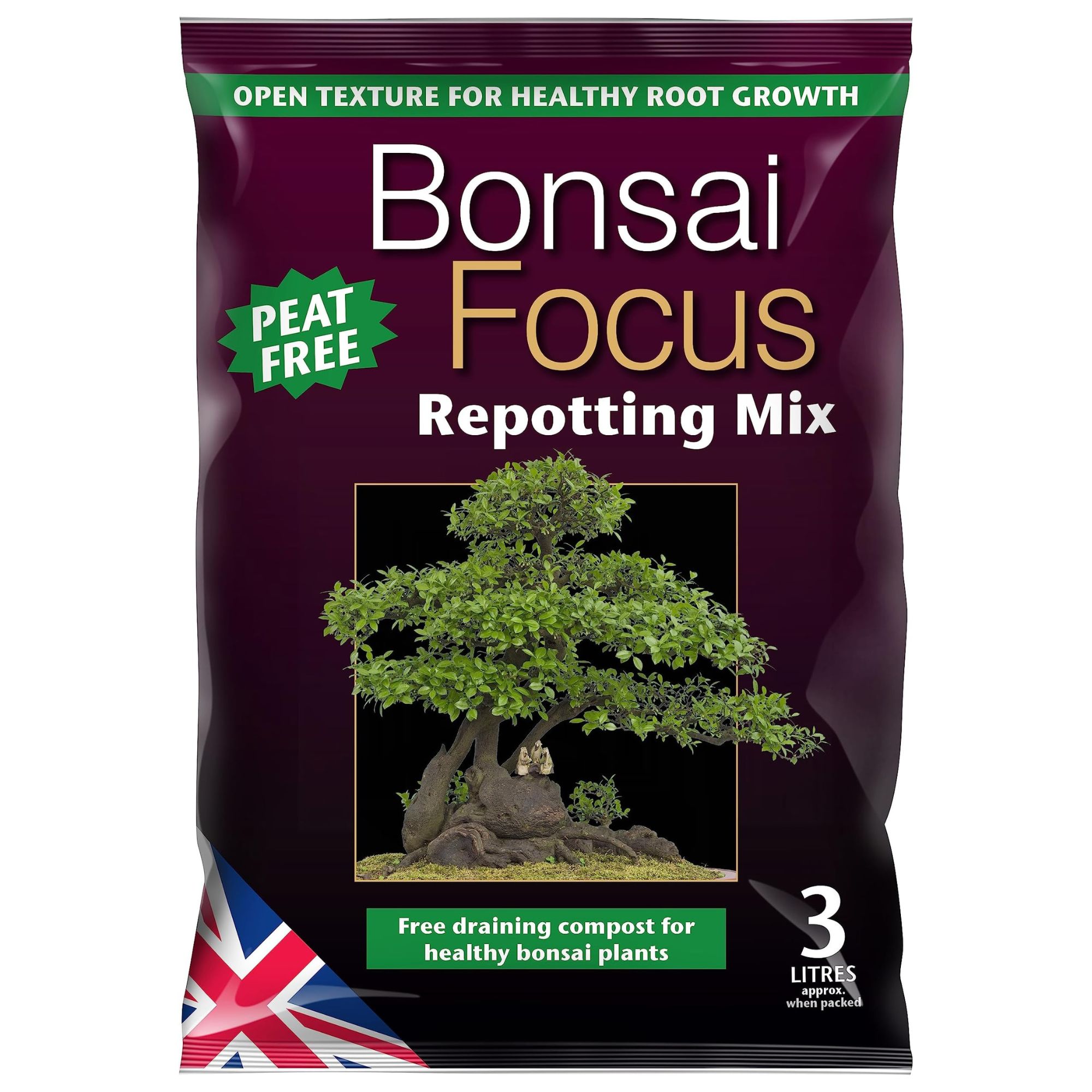
RRP: £7.17 | When it comes to the time your plant needs repotting it's important you use the right type of soil mix. This one from Amazon is specifically designed for bonsai trees, it contains peat, fine grit, sand and fine bark.
Once you've mastered how to care for a bonsai tree the easiest houseplants to keep alive might become a little boring for you. If so, well there's always the Venus flytrap to figure out...

Emily joined woman&home as a staff writer after finishing her MA in Magazine Journalism from City University in 2023. After writing various health and news content, she now specialises in lifestyle, covering unique cleaning hacks, gardening how-tos, and everything to help your houseplants thrive.
-
 Where was Black Snow season 2 filmed and is it based on a true story?
Where was Black Snow season 2 filmed and is it based on a true story?Black Snow season 2 has landed on BBC iPlayer and the picturesque scenery is a stark contrast against the drama's chilling events.
By Emma Shacklock Published
-
 We thought Michelle Monaghan looked incredible in The White Lotus, now her makeup artist has finally told us why
We thought Michelle Monaghan looked incredible in The White Lotus, now her makeup artist has finally told us whyThat finale left us with so many questions - and they're mostly about Michelle Monaghan's fresh complexion...
By Naomi Jamieson Published